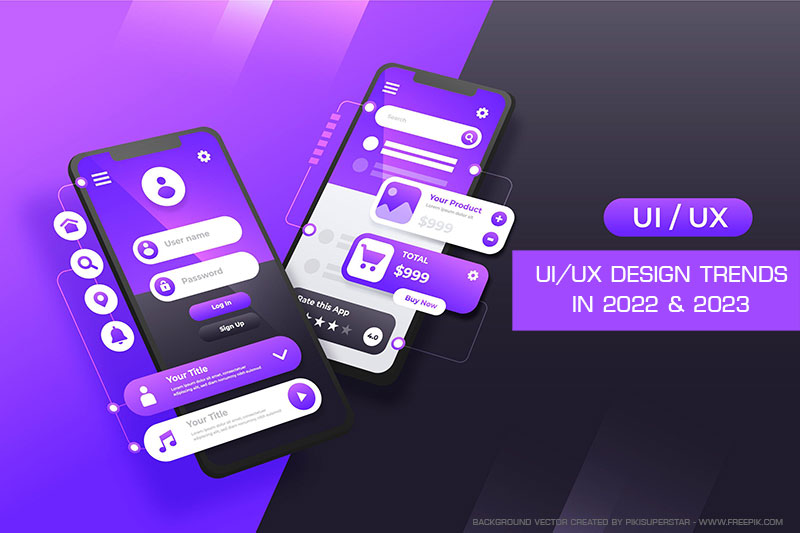There’s no doubt that the world of UX/UI is constantly changing and evolving. As new technologies emerge and user habits become, the way we design and build digital products needs to change too.
So, what are the latest trends in the UX/UI space? Here are a few that we’re keeping an eye on:
1. The rise of conversational interfaces
With the advent of smart speakers and chatbots, conversational interfaces are slowly but surely becoming more mainstream. And as they do, the way we design them must also change.
Conversational interfaces are all about making the user experience more natural and human-like. The goal is to make the user feel like they’re having a conversation with the interface, rather than being presented with a series of menus and options.
2. The growth of micro-interactions
Micro-interactions are small, subtle interactions that help to improve the user experience by making it more engaging and informative.
Some examples of micro-interactions include progress indicators, notification badges, and slight animations. They may seem like small details, but they can actually have a big impact on the overall user experience.
3. The rise of the dark mode
The dark mode is a trend that’s been gaining a lot of traction in recent years. And it’s not hard to see why. Dark mode can help to reduce eye strain, increase battery life, and make interfaces easier to read. Plus, it can also help to create a more atmospheric and moody user experience.
4. The importance of content strategy
As the amount of content online continues to grow, it’s becoming more and more essential to have a solid content strategy in place.
Your content strategy should include a plan for creating, managing and distributing content. And it should also include a strategy for measuring and optimizing the impact of your content on the user experience.
5. The rise of voice activation
Voice activation is becoming an increasingly important part of the user experience. With the advent of smart speakers and voice-activated devices, it’s more important than ever to make sure your interfaces are compatible with voice commands.
6. The importance of design thinking
Design thinking is a process that helps to improve the quality of the user experience by incorporating the user’s perspective into the design process.
Design thinking can be used to solve a wide range of design problems, from interface design to product development. And it can be used at any stage of the design process, from early brainstorming to final testing.
7. The importance of user feedback
User feedback is essential to the success of any user experience design project. You need to make sure you have a process for gathering and analyzing user feedback, and you need to be prepared to make changes based on that feedback.
8. The importance of research
Good user experience design starts with good research. You need to understand your users and their needs before you can start designing solutions. And you need to continue to research your users throughout the design process to make sure you’re meeting their needs.
9. The importance of agile development
Agile development is a process that helps you respond quickly to changes in the user environment. It’s ideal for projects that involve frequent changes and updates, such as web applications and mobile apps.
10. The importance of accessibility
Accessibility is the practice of making websites and applications accessible to everyone, including people with disabilities. It’s an important part of good user experience design, and it’s something you need to consider from the beginning of the design process.
The following are some key factors that should be considered when designing a website:
- Who is your audience?
- What is the purpose of your website?
- What are your website’s key features?
- What is the website’s overall design and layout?
- What type of content will you be including on your website?
- What are your website’s branding and color scheme?
- What type of website do you want to create? (Blog, business, portfolio, etc.)
Conclusion
Creating a website can be a daunting task, but it’s also a very rewarding experience. By following the steps in this guide, you should have a good understanding of the process involved in creating your own website. If you have any questions or need help getting started, please don’t hesitate to consult UX/UI consultant.










